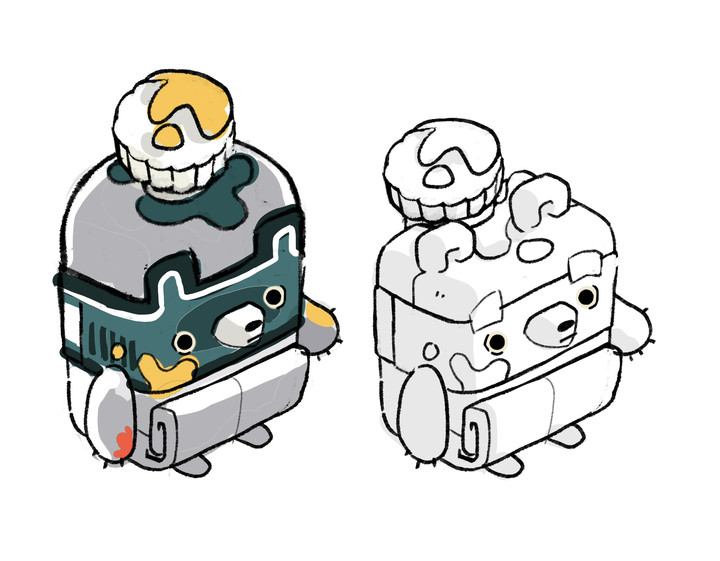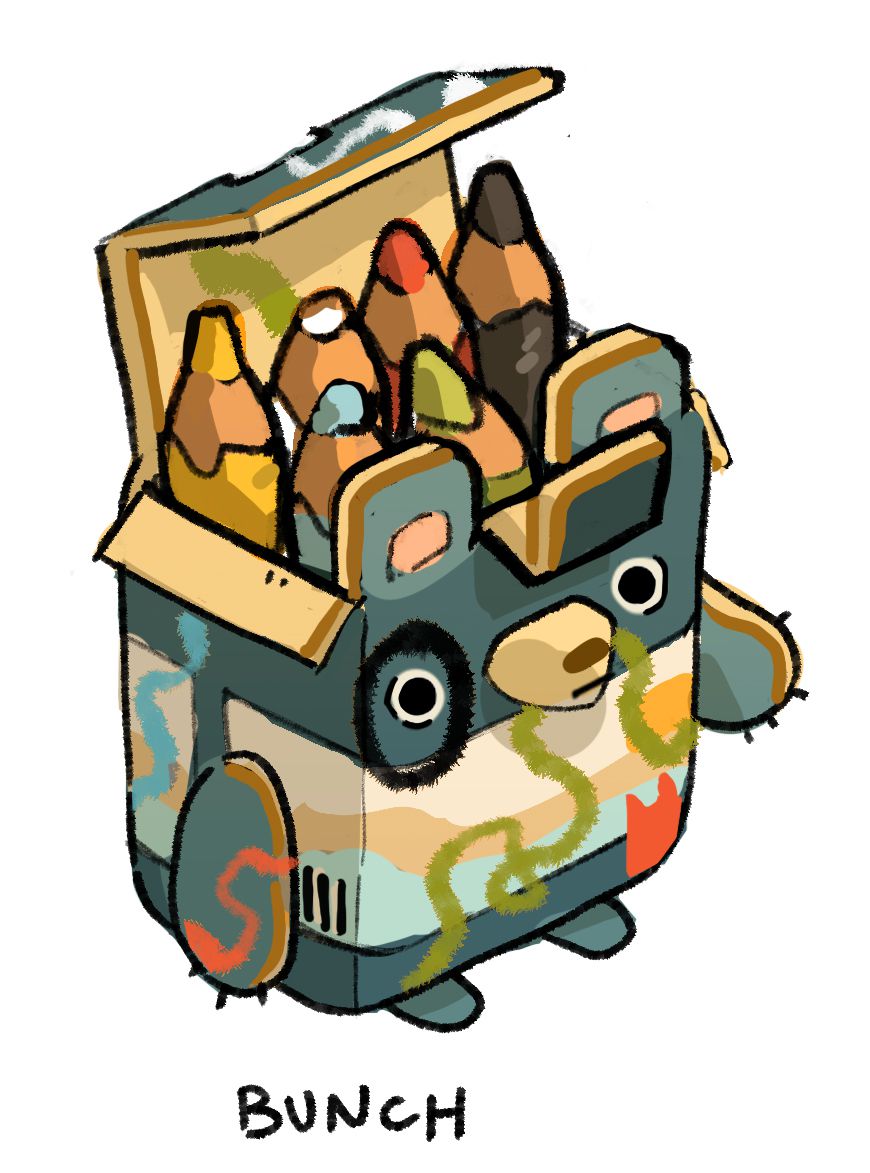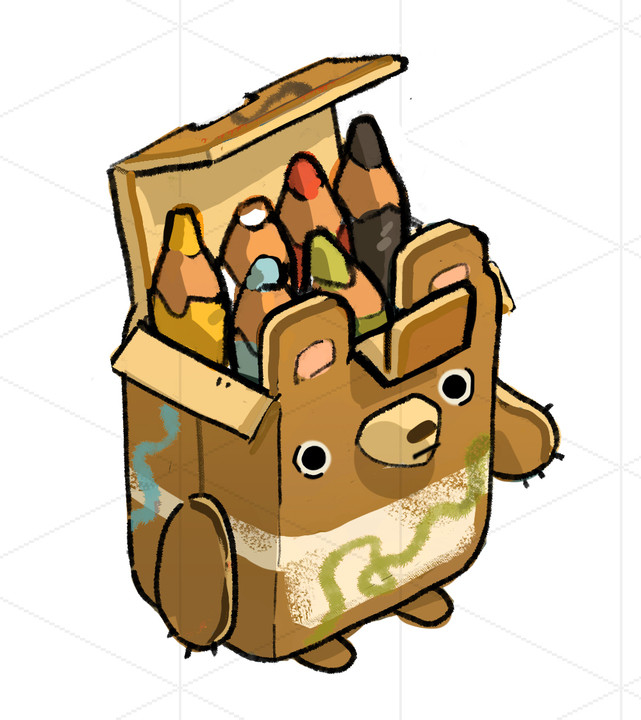Cozy Grove: Camp Spirit’s NPCs Are a Window into the Development Team’s Vulnerability
In the world of Cozy Grove, it doesn’t take long to have a favorite bear. Most of the non-player characters in Cozy Grove: Camping SpiritThe sequel to Cozy forest which was released to Netflix users on June 25, are ghosts in the form of bears who are reckoning with the lives they’ve led, whether that’s caused by pride, fear, or unresolved conflicts.
The bears need your help, too — you’ll spend the game running errands around the haunted island, helping the spirits cope with their deaths. Some want to teach you skills they mastered while alive, others want your advice on resolving conflicts, and still others simply need someone to listen to their story for the first time. Their melancholic tales are told through cheeky dialogue that carried me through my playthrough of the first game, and their creation is a testament to the care with which the developers at Spry Fox treat their characters.
Camp spirit‘s notable bears are Kumari and Medvarius, former business partners with very different philosophies; Kyli, the streamer/influencer who can’t stop thinking about her listeners; and Bunch, the chef depicted as a box of crayons. Spry Fox presents these bears’ tragic stories with a lightness that feels organic: Kumari lashes out at Medvarius before revealing that she feels betrayed by his greed. Kyli praises their confidence and fame until they’re forced to admit that no one listens to their podcast. The interactions feel realistic, like the way an acquaintance or neighbor might share vulnerable moments with someone they’ve just met.
Image: Spry Fox/Netflix
Some bears open up right away, almost desperate to share their heritage. Others refuse all but pleasantries until you’ve shown them you’re consistent, supportive, and kind. Most fall somewhere in between — just like humans, lead author Jamie Antonisse told Polygon in a recent interview.
“There are bears, just like some people, who are never comfortable with a hug. That’s a little bit of a spoiler for the game. Do whatever you want, they’re just not huggers,” said Antonisse, who wrote both games in the series. “A lot of times you just want to give the player whatever makes them feel good. But that’s another point where Spry Fox is really great. It’s a team where you can have a conversation about intentionally not hugging a bear, and what that means to them.”
Antonisse said these decisions came from the same feeling the game wants to foster in its players: connection. In order to talk about the realism of which bears want to hug you and which don’t, the team had to be vulnerable, and you feel that vulnerability as you play.
It is this visibility of the developers that makes writing in Cozy Grove: Camping Spirit a beautiful example of how to tell a story that honors the people behind it without inadvertently making them the subject of the game.
“The core of a (Cozy Grove) story is a character that usually has a basis in someone that one of the writers knows, or a problem that someone (on the team) has gone through,” Antonisse said. “Sometimes we dig into some kind of haunting regret, or something that we think is a common theme that a lot of people have gone through, and come up with a story that we want to tell over time.”
Antonisse said the goal is that when players meet new bears, they first feel joy, then empathy. The joy-then-empathy experience is true for many social games. Thunder Lotus’ Ghost Apparitionfor example, similarly teases NPC stories over time that start out as silly or intriguing and quickly become nuanced tales that you might find yourself thinking about even after you’ve stopped playing. Antonisse pointed out a distinction in these types of sociable characters: the interactions don’t stop evolving after that empathy is established.
“Ultimately, we want you to connect with the character and come to a realization that can help them and maybe real people too,” Antonisse said.
Image: Spry Fox/Netflix
In Camp spiritThe bears are even deeper and more intriguing than in the previous game. Antonisse said that the stories are about twice as long, so you can be sure that you’ll have plenty of time to explore. And for the first time, the game has bears that knew each other when they were alive, so there’s a lot more fodder for the stories that can come from getting to know both sides of a situation.
Take Bunch, the crayon-carrying bear who flaunts his love of cooking throughout the game. Initially, Bunch serves to introduce players to the cooking mechanics. But as you pass Bunch over and over again, you might wonder why he’s depicted as an object entirely unrelated to cooking, with plenty of metaphor-ridden details, like his missing crayon or the pencil that’s been worn down to a stub.
“One of the things I think is really important about Bunch is this idea of layers — of someone who you initially see one way, and someone who can see themselves one way. A humble person who sees themselves as, I’m here to help, don’t worry about mebut it has a lot of depth beneath the surface,” Antonisse said. “He teaches you different skills, he teaches you what he knows, but pretty early on. And you learn that what Bunch knows in that area — as a chef and someone who can teach cooking — is something he has a very complicated relationship with. That’s not his first passion.”

Image: Noemí Gómez Nogales/Spry Fox

Image: Noemí Gómez Nogales/Spry Fox

Image: Noemí Gómez Nogales/Spry Fox
In her warm-up sketch, Noemí Gómez Nogales illustrated Bunch as a tube of paint. In the first and last sketches, he takes the form of a box of crayons.
Antonisse said the choice to make Bunch a box of pencils came from lead concept artist Noemí Gómez Nogales, who read Bunch’s story arc and understood that the way players initially perceive the character would likely change. Bunch’s story eventually expands from and even challenges his interest in cooking — so much so that presenting him as a chef and only a chef would understate the character’s complexity.
“How do you connect people with characters who entertain them every day and who tell really different stories?” Antonisse wondered out loud. “It’s a good opportunity. It makes you think about stories that go beyond the screen and beyond what you do.”
Cozy Grove: Camping Spirit is certainly not a lousy game, despite the sometimes serious nature of the stories it tells — the coziness is undeniable, and the relaxed nature of completing tasks is much more of a pleasure than a grind. But where other cozy games aim to offer players a place to escape, Camp spirit seems to want to equip players with empathy, listening skills, and complexities they may encounter (or need to encounter) in their real lives.
Moreover, there is a beautiful balance that acknowledges the world we live in without, as Antonisse puts it, “a Saturday Night Live sketch.” There is a description for spices, a craft item, that reads, “Why is it spicy?” referring to the viral TikTok. Or the bit of dialogue mocking Spry Fox’s new owner, Netflix.
Image: Spry Fox/Netflix
There are countless moments that will likely go unnoticed by many players, but for Spry Fox and Antonisse, that’s part of the joy. They don’t know what percentage of players will understand the social media references, or identify with Kumari’s business decisions, or appreciate the origami swans on the island. But it doesn’t matter if every player sees every moment, because some of the details are as much about the team that made it and the moment they made it as they are about who’s playing the game.
“I think you see the challenges between communities and creators and expectations,” Antonisse said of the industry at large. “They have increasingly high expectations for sometimes very small teams to make increasingly elaborate games to keep up with what they’re seeing (from players). That desire to be seen is a desire to close the gap between community expectations and what’s possible to deliver as a small studio.”
